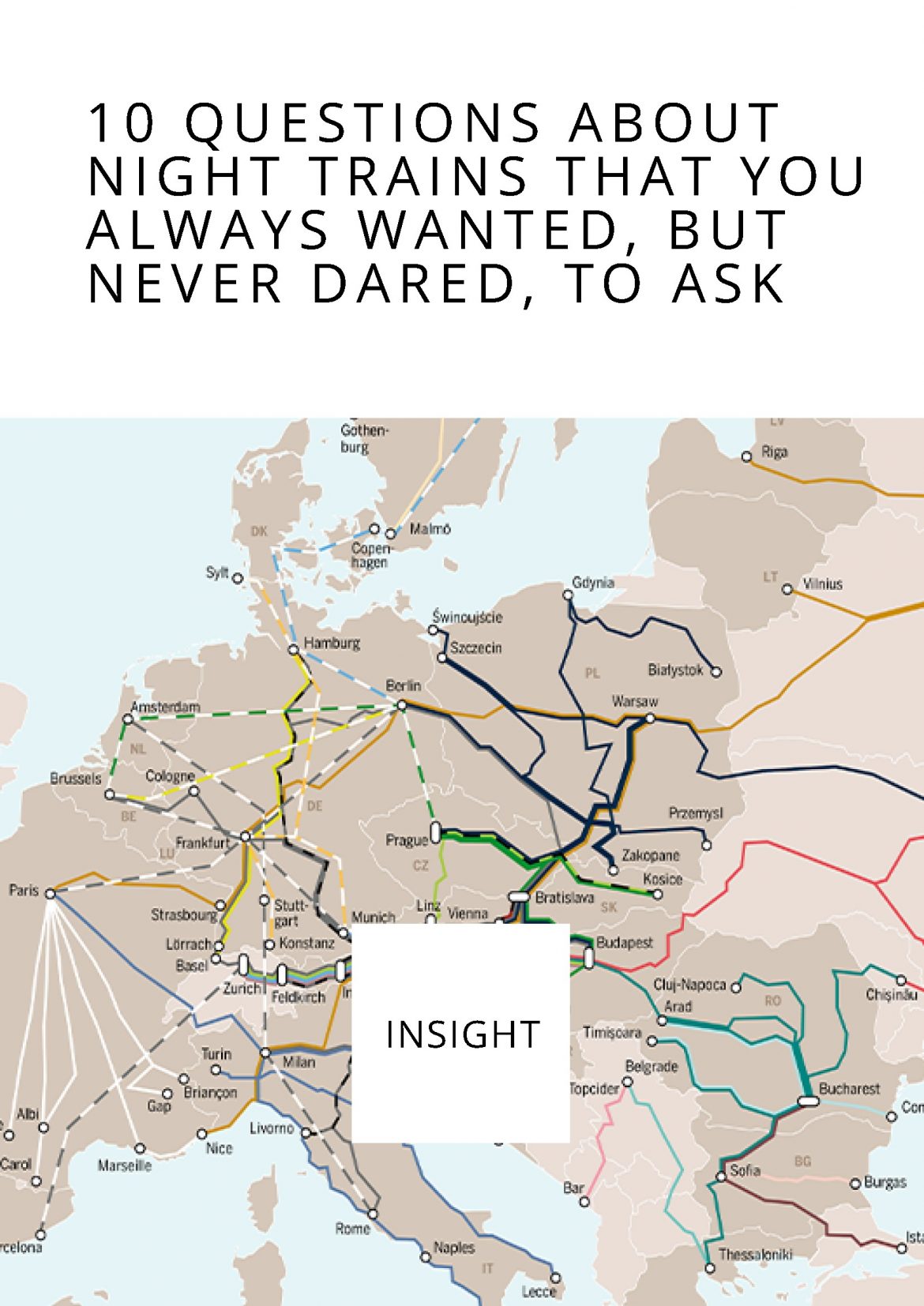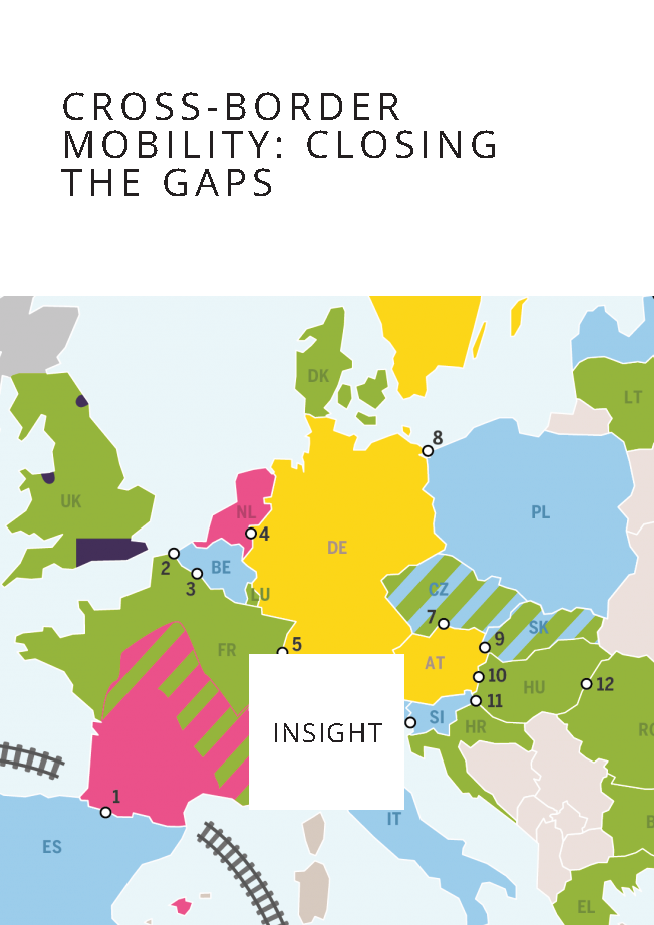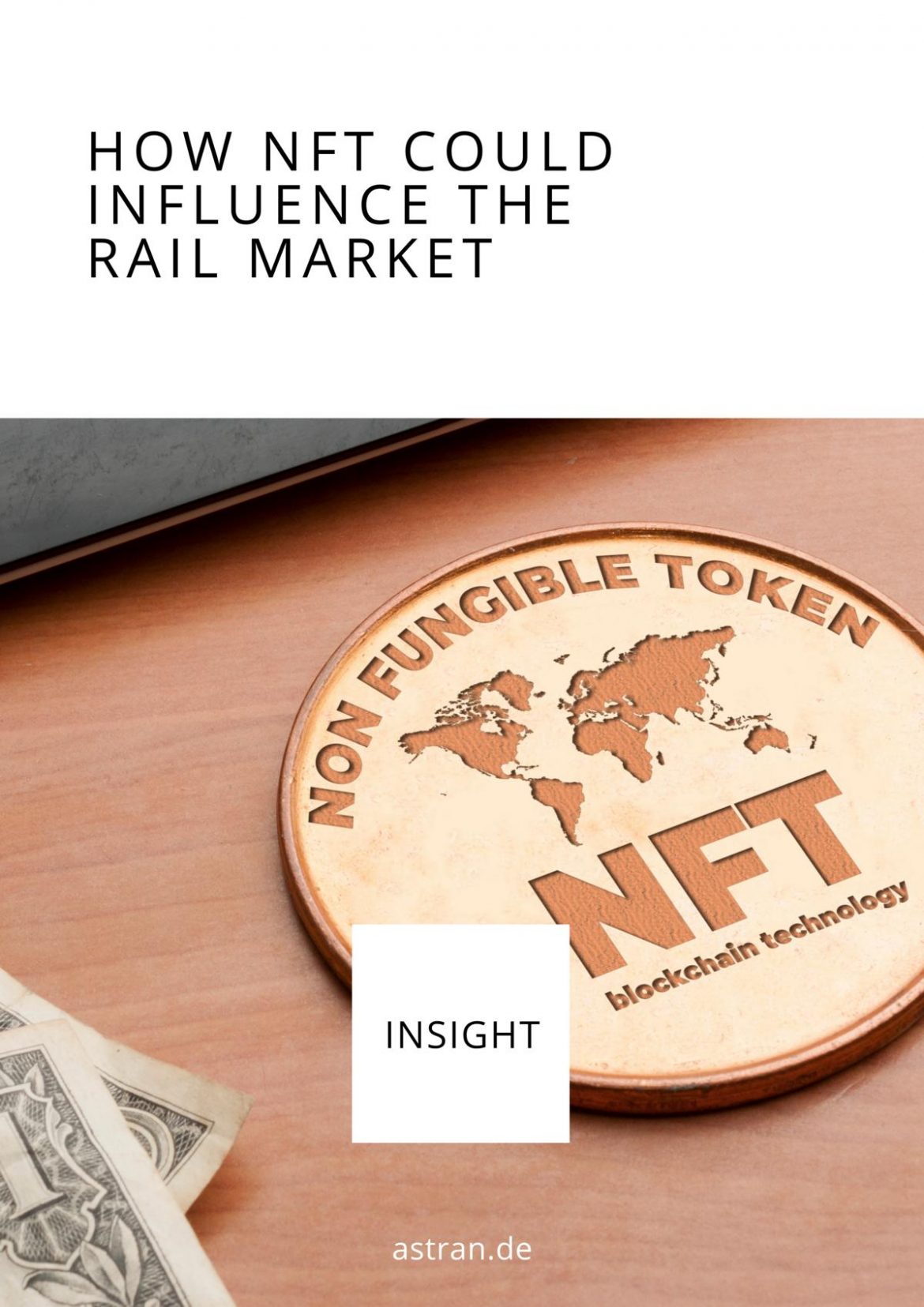Description
10 questions about night trains that you always wanted, but never dared, to ask
The climate crisis and the Covid-19 pandemic have made us question and rethink our travel habits. Night trains are a good example of how to favour a more sustainable means of mobility. Because of the pandemic, rail connections, including night trains, were interrupted; now, just before the summer break, night train operators are relaunching those connections that had to be cut short.
There are more challenges to cross-border night trains than border closures, such as different legal requirements across EU member states, different signalling and electrification systems, and different track and loading gauges. Moreover, as with all railway undertakings, night trains face the payment of track access charges, which is an important disadvantage in the competition with flights.
Night trains are among the most sustainable and relaxing modes of transport to cover long distances in Europe; however, they are not yet the most common choice for everybody.





